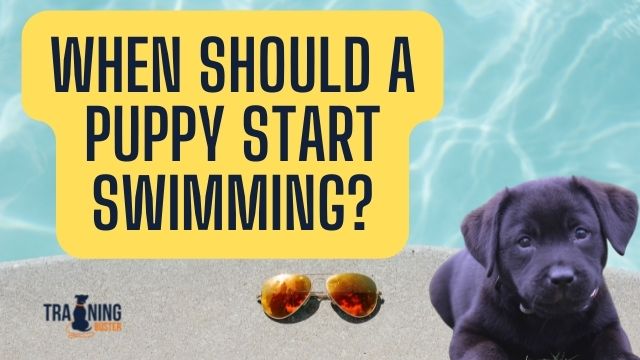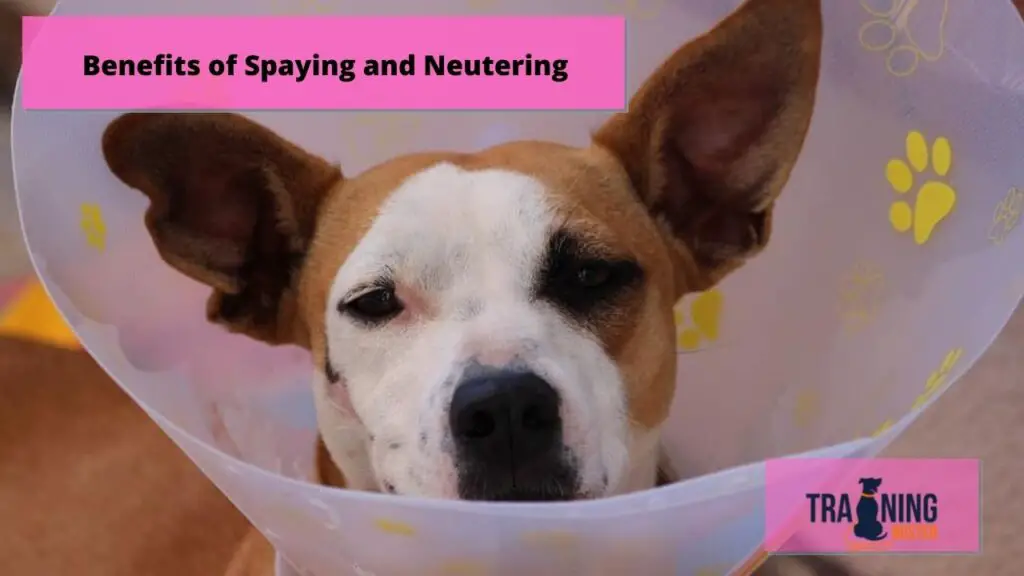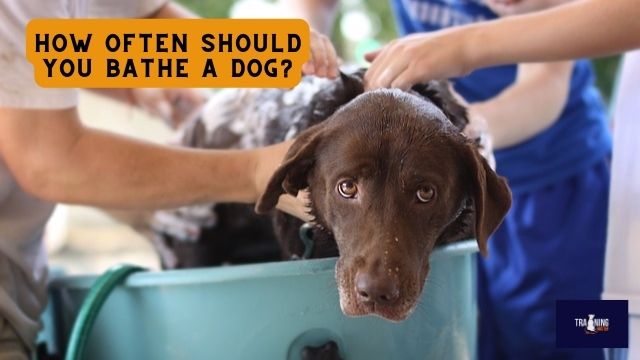
When your dog is still quite young, you might wonder what activities you can do with them. You worry that some games and activities would be overdoing it, while you still know that giving your puppy regular exercise and socialization is essential at their young age.
So, when should a puppy start swimming? What’s good about swimming, and what precautions should you take? Let’s take a look:
When should a puppy start swimming?
Whether you’re introducing your puppy to a small kids’ pool in the yard or introducing them to the deep blue sea, you must get your puppy used to swimming gradually. Though it may seem instinctive, you can’t just place your puppy in the water and hope for the best. So instead, start your puppy swimming at two to five months old.
When you first try to teach your dog to swim, make sure the water is warm – though not too hot either – and shallow. You could use your home tub, a kids’ pool, or even take your pup to the beach on a nice day.
Do allow your puppy to enter the water on their own terms, and always keep them secure and within reach. This might mean using a leash and harness with them at the beach. You could even keep your puppy afloat with a dog’s lifejacket.
To better encourage your puppy to enter the water, have some of their favorite toys or treats to hand. For example, you could play fetch or tug with your puppy’s favorite toy, or try to lure them into paddling with a tantalizing chew. Use toys that float if possible, and be careful not to take them in too deep.
Can all dogs swim?
Swimming is such a quintessential canine activity that you’d easily assume all dogs would be able to do it. After all, wolves, the animals all dogs have as their common ancestor, swim with aplomb. Many dogs, like the Golden Retriever or Husky, naturally swim. However, some breeds of dogs either struggle with swimming or can’t swim at all. What are they?
Well, many small dogs can struggle with swimming. Though there’s zero reason they’d be unable to swim, dogs like the Chihuahua or the Papillon may lack the stamina to swim very far. There’s also a chance they could get swept away by the current! Both these issues mean that these small dogs shouldn’t swim much. If you do take your Chihuahua or Dachshund for a paddle, be sure to support them, allow them to rest often, and take measures to keep them afloat.
Some dogs are both physically small and flat-faced. Such breeds like the Bichon Frise or Pug, though they can paddle well, struggle to keep their snout above the water. This makes swimming especially dangerous for these brachycephalic breeds. Dogs with short noses like the Chow Chow need lifejackets that support their chin if they spend a lot of time in the water, substantial bodies of water like the beach or a lake.
Again, like the Pug or the Bulldog, other dogs have stocky, robust bodies that are not buoyant. This makes it physically difficult for these dogs to stay above the water, generally making it impossible to swim. Again, a lifejacket will support these dogs if you want to go to the ocean, though splashing around at home is nothing to worry about.
Furthermore, some dogs have thin coats that make them unlikely to enjoy swimming in cooler water. So if your Greyhound or Bulldog balks at the waves and refuses to go in, this could be why.
Benefits of teaching your puppy to swim at a young age
Puppies are hyper. The only time your pup won’t be found scampering around in the yard or park is when they are sleeping for hours on end. So, when they only remain in this adorable stage for a short while, why disturb them to teach them to swim?
One of the many good reasons to teach your puppy how to swim from as young as possible is the safety it brings. Under normal circumstances, when you bring your puppy out, you would worry that they’d get into danger if they ran off anywhere. But if your puppy is taught to swim, you can rest easier knowing it’s less likely to get into trouble if it wanders into a body of water.
Teaching your puppy to swim at a young age also helps them with their overall obedience. As you support your pooch paddling through the waves and let them chase their toys through the water, you’re working on those core, vital obedience skills, building self-control that will aid them in many areas of their doggy life. For example, if they turn out to love the water, you can tell them to “wait” – this boosts your pup’s impulse control.
Swimming is also a great exercise for a puppy. We all know that puppies need plenty of low-impact activity to help their young joints and muscles develop. Well, swimming is excellent for this! With a low risk of injury, you can let your puppy splash around all day without worrying about them. Just don’t let them get too tired. Even in later life, swimming is great for a canine’s cardiovascular health.
Can dogs swim without training?
The ability to splash around in the pool is almost an instinctive behavior. We’ve all heard the myth that you can throw babies into the water, and they instinctively start paddling – how true is this of dogs?
Well, you can indeed expect your pup to start doggy paddling any time they are near water. If you throw your dog in, you will see them paddle rapidly with their front paws, making the water splash. But did you know that this is not an efficient way for your dog to swim?
This is your dog swimming in panic. This form of swimming puts stress on their body and makes them tire very quickly. As a result, they remain vertical in the water rather than using their back legs and moving more efficiently.
So, yes, your dog can swim a bit without needing any training. But, if you want your puppy to swim efficiently and safely in the water, you’ll need to teach them how to swim correctly.

How long can a dog swim in the ocean?
If your dog loves the ocean, you’ve probably worried at least once about how far they could potentially paddle away. Time and time again, you hear stories of pooches swimming up to half a mile or being rescued after three hours of paddling! So, it’s safe to say that your dog can swim pretty far if it wants to. The ability to swim half a mile is part of the reason why recall and obedience training is so important.


